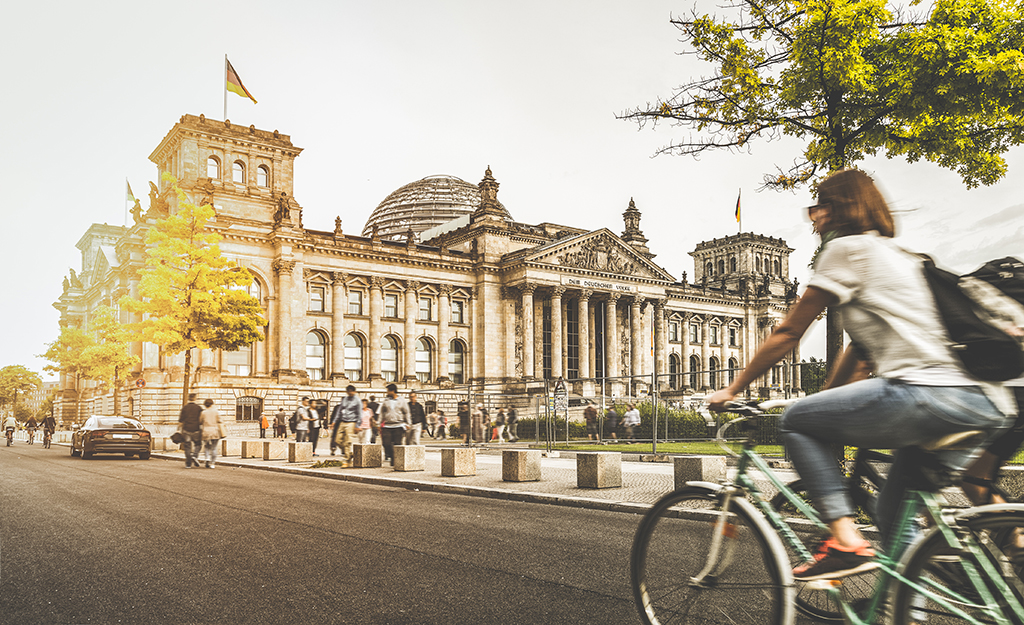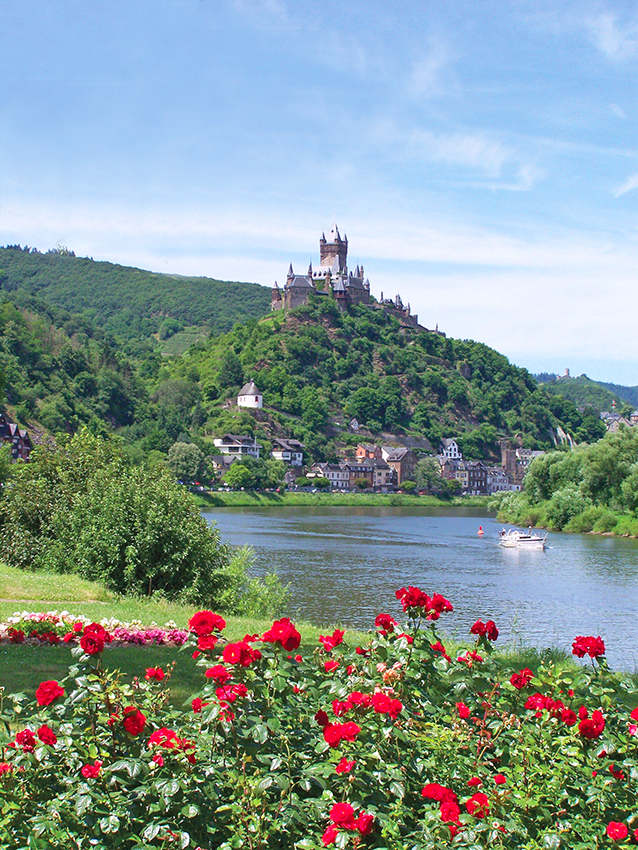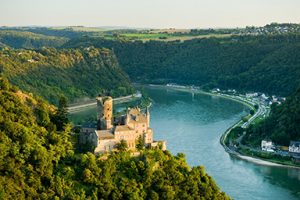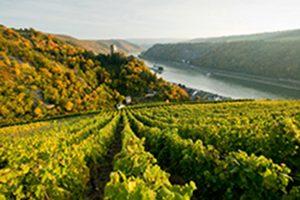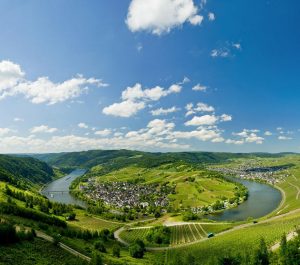Germany is proudly the seventh most visited country in the world and it sure is packed with so many things to see and do, so there’s no wonder people flock there in their droves.
Whatever you are looking for, whether it’s a city break, Christmas market trip, a cross country tour or even a historical pilgrimage, there’s something for everyone in Deutschland.
So, if you’re still in the research phase of your holiday planning, or just wanting to brush up on you knowledge before heading off on your German adventure, we’ve compiled our top 10 interesting facts about Germany just for you.
Here are our facts about Germany…
1. Germany is one of the most densely populated countries in Europe
The country has a staggering population size of 80,636,124 people, which means even though Germany is a rather large country, there are actually 231 people per square kilometre!
2. One third of Germany is still covered in Forest and Woodland
Despite the population density, a good proportion of Germany is actually still covered in foliage, and boy is it spectacular. If you’re a fan of the Brother’s Grimm fairy tales, you might just want to pay a visit to the beautiful Black Forest… the setting of many of their stories.
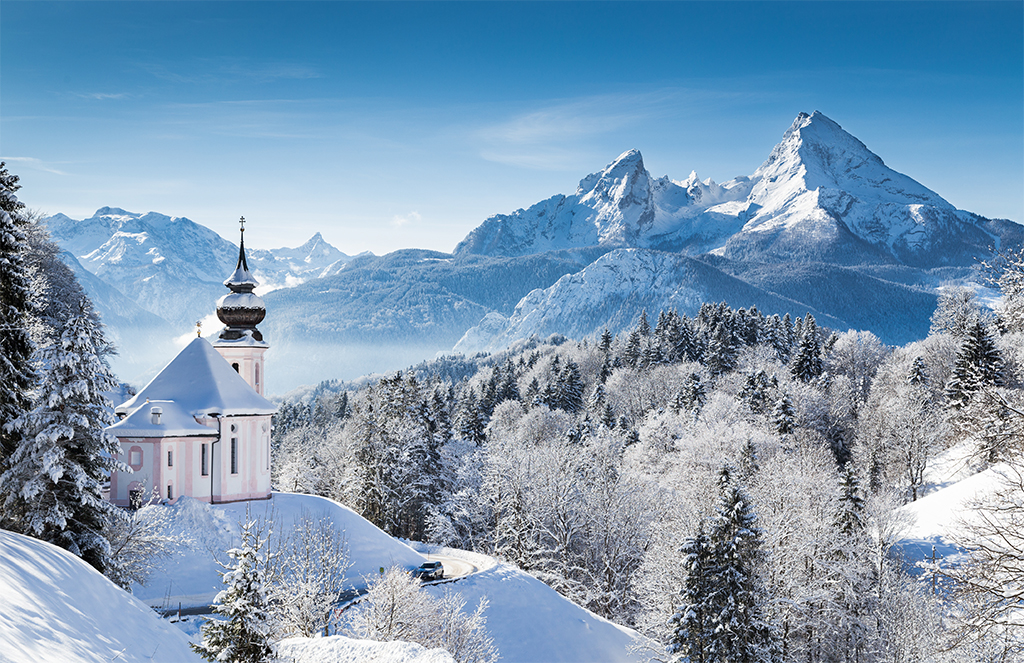
3. Berlin is nine times bigger than Paris and has more bridges than Venice
Did you realise how big Berlin actually is? Dating back to the 13th century, the city spans a whopping 891.8 km², which gives plenty of room for the 1650 bridges it houses.

4. During JFK’s famous declaration of “Ich bin ein Berliner” he actually likened himself to a jam doughnut.
Yes, you read that right… What JFK should have said is “Ich bin Berliner” meaning “I am a citizen of Berlin”, as a Berliner is actually a type of jelly donut made in Berlin, so “Ich bin ein Berliner” can actually be translated to “I am a jam doughnut”.
5. Germany’s Capital City has shifted 7 times!
Now here’s one to remember for the pub quiz! Germany’s capital has shifted from Aachen during the Carolingian Empire to Regensburg, Frankfurt-am-Main, Nuremberg, Berlin, Weimar (unofficially, during unrest in Berlin), Bonn and East Berlin, and, since 1990, Berlin again!
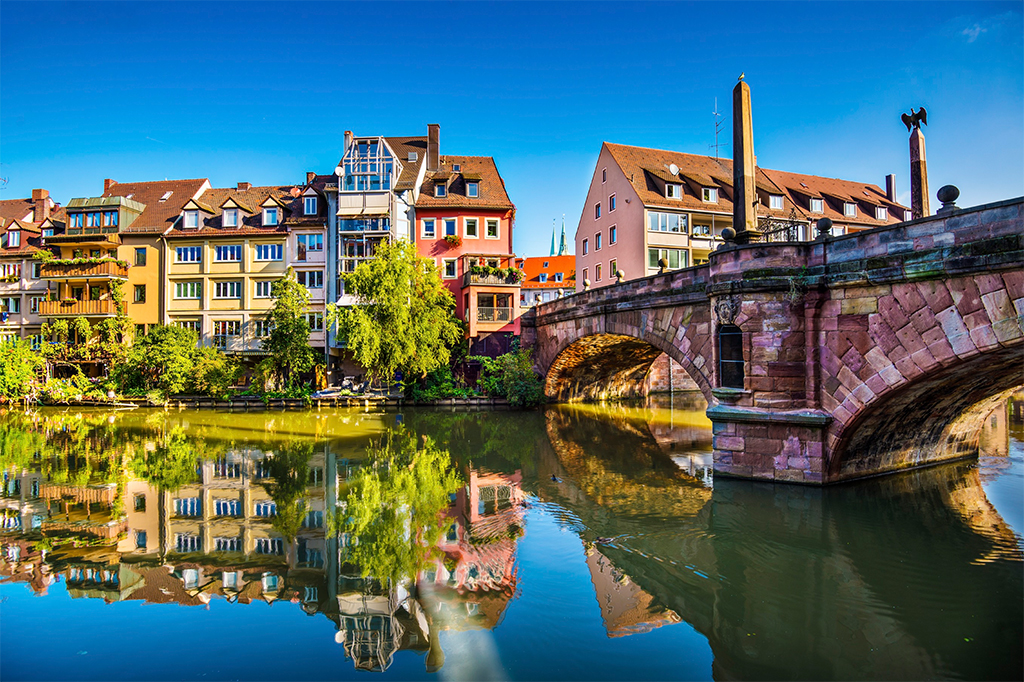
6. Germany is sometimes known as the land of poets and thinkers
German writers and have won 13 Nobel Prizes and Germany was home to world-renowned writers such as Friedrich Schiller, E.T.A. Hoffmann, Günter Grass and Maria Stona.
7. Germany is Europe’s second-largest beer consumer
Just behind the Czech Republic, the Germans are known to consume a fair amount of ‘liquid gold’. However, given the Bavarian’s consider beer to be a basic food and drink an average of 150 litres per person per year, so we think they’re giving the Czech’s a good run for their money.

8. The longest word published in the German language is Donaudampfschifffahrtselektrizitätenhauptbetriebswerkbauunterbeamtengesellschaft
This loosely translates to Danube steamboat shipping electricity main engine facility building sub clerk association. It is a law delegating beef label monitoring, was removed from the German language in 2014.
9. The German football team is the second most successful football team in the world
The beautiful game is a British sport and a hard fought rivalry in the football world. We have to hand it to Germany on this one, falling just behind Brazil, winning four world cups and three European championships, so they certainly can play us at our own game.
10. The first book to ever be printed was the Bible by Johannes Gutenberg in the 1450s in Germany
The first mass produced printed book was the Latin Bible and was originally published in February 23, 1455 in Mainz.
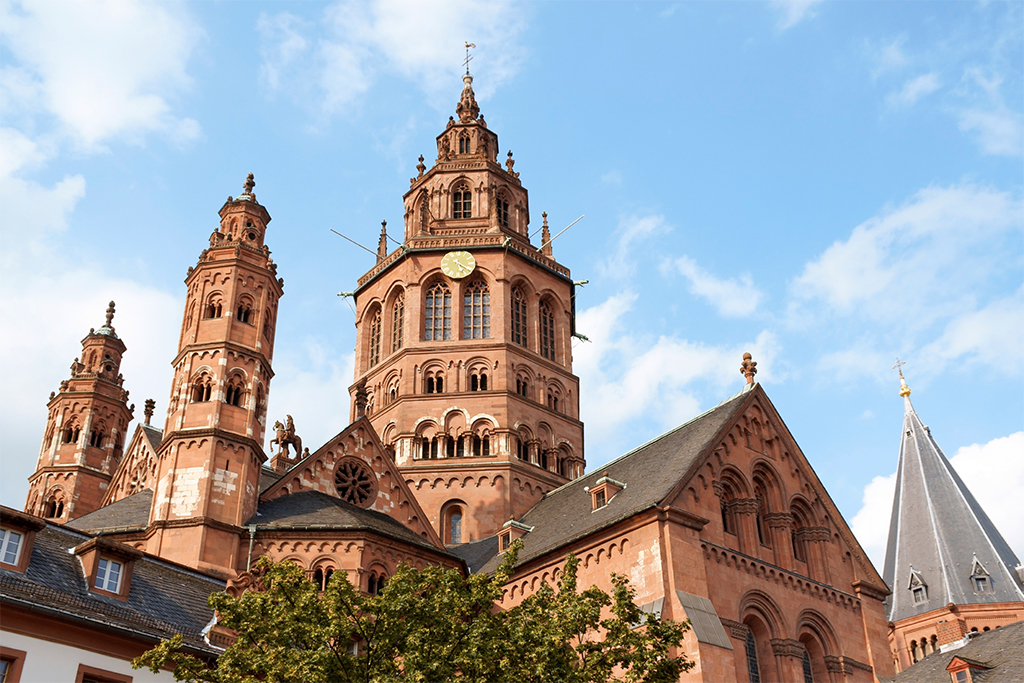
Are you tempted by Germany? Then join one of our many escorted tours for a great value holiday to some of the best destinations. Click here to see what’s on offer.

